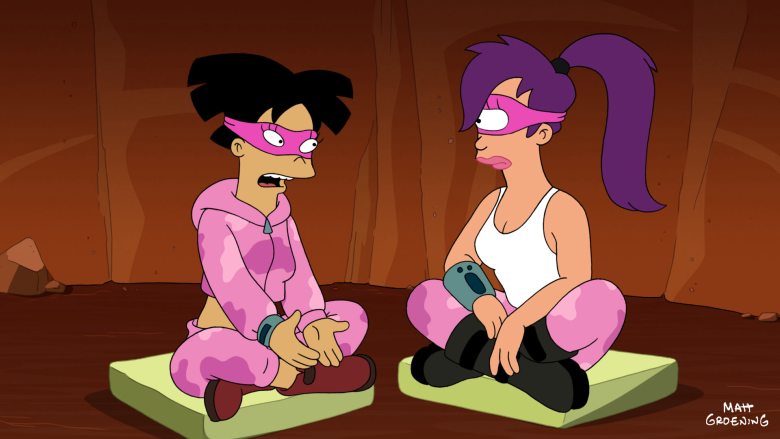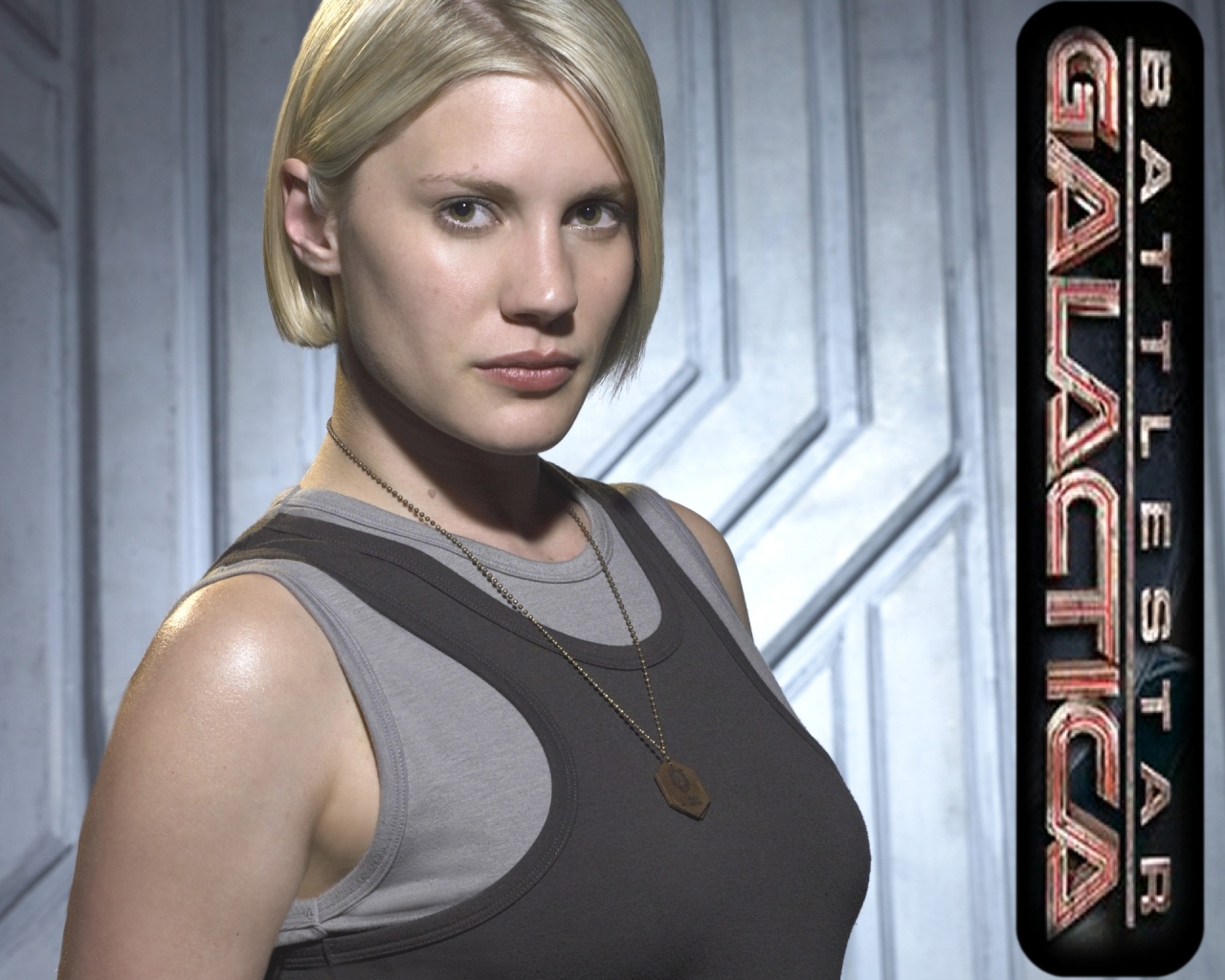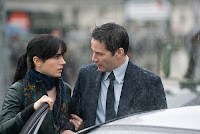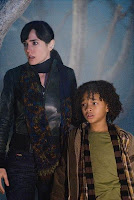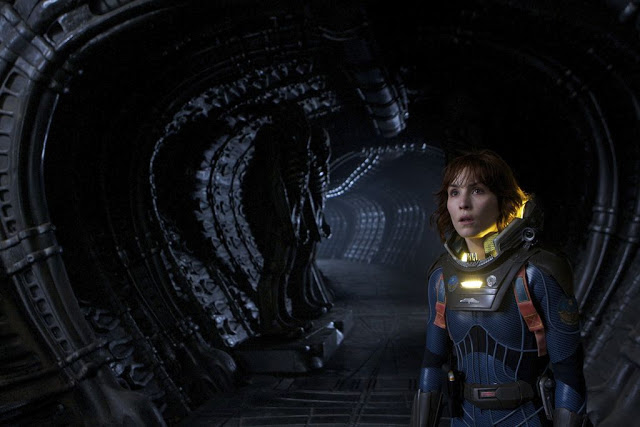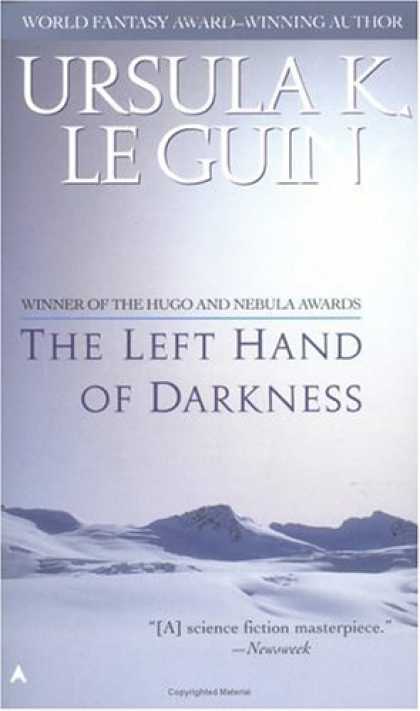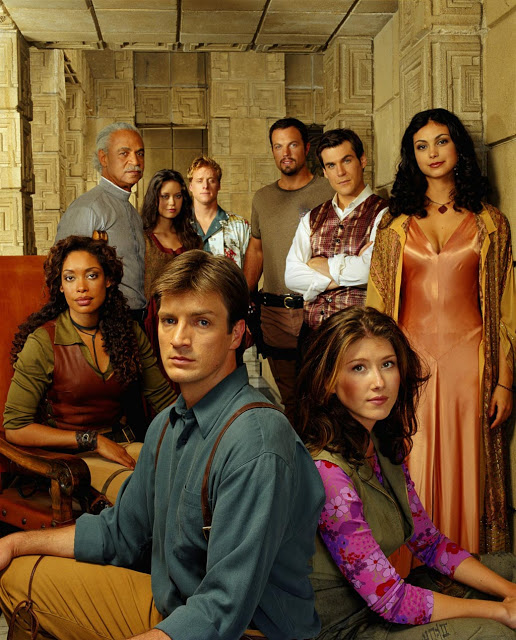Guest post written by Barrett Vann.
Let’s talk about Doctor Who. Let’s talk, in fact, about the Doctor’s companions. Back in the day of 2005, when Doctor Who came back to the airwaves, there were a lot of inevitable comparisons between this New Who and the Classic Who that ran from ‘63 to ‘89. People talked about the Doctor himself, about the plots, the monsters– and they talked about his companions. Rose Tyler was lauded as a new kind of companion– not so much an assistant as a partner, wearing baggy jeans and using her wits and determination, not one of those screaming, knicker-flashing ninnies from the old series back in the sexist sixties and seventies.
Well, wait just a bloody minute. Certainly the stereotype exists that companions back in the day were nothing but a bit of eye candy to entice the dads into watching a family show, and no-one is going to argue that feminism and gender issues haven’t advanced in fifty years. But were the women of Classic Who really nothing but a load of scantily-dressed damsels who screamed at the first sign of danger or imminent alien invasion?
They certainly were not.
I’m going to start with the Third Doctor, because I love him, and because two of his companions make a wonderful illustration for the variety of why and how the women of Classic Who were awesome. The Third Doctor, played by Jon Pertwee from 1970-1974, had several companions, but it is the first two I want to compare here, Liz Shaw and Jo Grant.
 |
| Dr. Shaw, being serious |
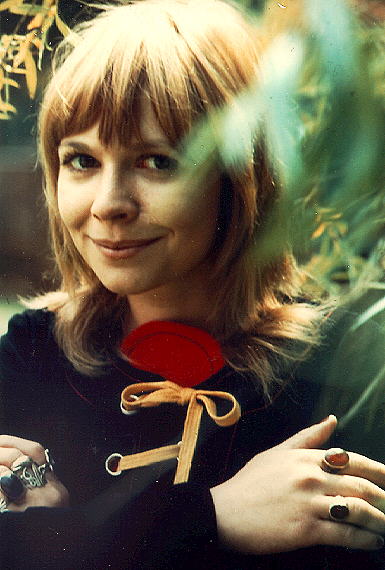 |
| Jo Grant, being a nature child |
Dr. Liz Shaw was a Cambridge-educated scientist, and expert on meteorites with at least two degrees, one in physics and one in medicine. Although young and fashionable (fashionable here meaning improbably short skirts and equally improbable heels), she has no romances whilst on the show, and grows impatient with being treated like the Doctor’s errand-girl. A career woman (and undeniably a woman not a girl), she’s part of UNIT before the Doctor showed up, and though they do develop a good relationship, he’s never the end-all be-all of what she’s doing with her life. Indeed, when she does eventually leave UNIT to return to her research, she cites as her reason that the Doctor did not need a capable assistant, what he really needed was “someone to pass him his test tubes and tell him how brilliant he was.” Amusingly, this rather meta observation does indeed reflect what was often the role of the Doctor’s companion, a role Liz often deviated from.
Her successor, Jo Grant, would seem initially to fit much more comfortably into that role. When she first hit the screen, Josephine Grant was young, 19 or 20, inexperienced, and only got the job at UNIT because she had an uncle in the ministry. She’s blonde, bubbly, and at first appears to be a bit of a ditz. She flirts with the UNIT men, she giggles, she admits (often) that she doesn’t understand things; when she’s frightened, she screams. In her first appearance, she accidentally wrecks an experiment the Doctor’s working on, and then is hypnotised into almost blowing up UNIT. In stark contrast to the very scientific Liz, and the Doctor himself, she’s a New Agey 70’s girl, open to the possibilities of magic and superstition, and occasionally the show mocks her for this. On one occasion, she actually ends up dressed in white and strapped to an altar as a virgin sacrifice. A more potent image of objectified, powerless femininity it would be hard to find. Unlike Liz, who leaves the show to further her career, Jo leaves because she’s fallen in love and wants to get married and study mushrooms in the Amazon.
So it might be easy to dismiss Jo as one of those useless female companions. A pretty bit of skirt to be an audience stand-in for the Doctor to explicate to. Except for the fact that Jo Grant is awesome. She’s a trained escapologist, she can fly a helicopter, she can abseil; in ‘The Mind of Evil’, she karates a prison riot leader out of his gun. On numerous occasions, when the Doctor’s got himself locked up somewhere, she comes to his rescue. Though in her first appearance, the Master hypnotises her, the Doctor teaches her how to resist it, so that in later confrontations, the Master is utterly frustrated by his inability to dominate her mind. In ‘The Time Monster’, when they run into the Master, again, and he finds himself unable to find anything to say, she mockingly suggests, ‘How about, “Curses, foiled again”?’ She’s also bold, capable of making hard decisions under pressure. Again in ‘Time Monster’, the Doctor threatens their mutual destruction by initiating a Time Ram, shoving his and the Master’s TARDISes into the same temporospatial coordinates; but when the Doctor hesitates, Jo’s the one who makes the final move to press the big red button.
 |
| Jo Grant is unimpressed by your gun, Master |
Ultimately, though, even disregarding her badassery, Jo is a great character. It’s easy to dismiss her because she is, in many ways, very girly. And as anyone knows, girliness is too often considered one and the same as weakness; girly characters have to ‘make up’ for themselves by compensating with more masculine traits if they are to be considered strong. But are Jo’s girly qualities weak? Not at all. She’s good with people, certainly better than the Doctor; she’s emotional and empathetic– and if she screams when she’s frightened? I call that a perfectly reasonable response. She is sometimes gullible, ditzy, she did fail her science A-levels, but all that means is that she’s flawed, as all good characters should be.
One of the things about the women in Doctor Who that’s wonderful is that, like Liz and Jo, they’re strong in different ways. Another interesting dichotomy appears with the Second Doctor, when he travelled with Jamie McCrimmon and Zoe Heriot. Jamie– short for James Robert– is a Scottish Highlander from the mid 18th century, while Zoe is a scientist who lived on a space station in the 21st. Despite the fact that Jamie was snatched, literally, out of the middle of a battle, and is still quick with his knife, it is he, not Zoe, who spends the most time physically clinging to the Doctor in times of danger.
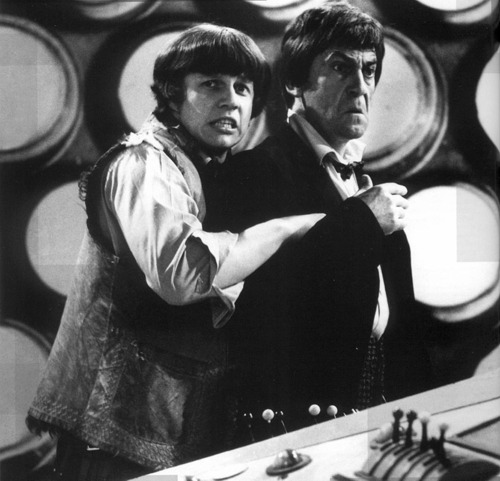 |
| Jamie McCrimmon does not know the meaning of personal space |
Here, while Zoe is the competent scientist, Jamie is the volatile, emotional party who depends on the Doctor. Being a Scot, there are, of course, also the obligatory jokes about which member of Team TARDIS is the one wearing the short skirt this time.
And the list continues. Travelling with the Doctor’ fourth incarnation, there’s Romana, a Time Lady. Cool, arrogant, sharp-tongued, the Doctor’s intellectual equal; as she’s quick to point out, she did graduate from the Academy with a triple first. Romana is also eager to see the universe, despite coming from a highly insular society. Later, Leela, a knife-wielding warrior, all instinct and impulse, who doesn’t care for being treated like the Doctor’s own personal Pygmalion project. With the Fifth Doctor, there’s Nyssa, an alien, a scientist and pacifist; with the Seventh Doctor, Ace McShane, an emotionally troubled teenager who puts on an unfailingly tough facade and likes blowing things up. Or beating up Daleks with baseball bats. Even Peri, the American who travelled with the Fifth and Sixth Doctor, and who fairly obviously was there to be little more than a lot of bouncing cleavage, is a botanist, clearly intelligent, and refuses to take down-talking from anyone, whether the rather bombastic and volatile Sixth Doctor, or the Master, whom she famously tells, ‘I’m Perpugilliam Brown, and I can shout just as loud as you can!’
 |
| Most of the Doctor’s companions, Old and New (if you don’t include non-televised media) |
All these characters have strengths and weaknesses, but one thing they certainly are not is a homogeneous mass of legs, high heels, and helplessness. Another wonderful thing about Doctor Who is that the universe is a living one. In non-televised media (the Big Finish audioplays, and Doctor Who novels, which, incidentally, I wholeheartedly recommend), characters who were short-changed in canon, like Peri, are expanded, and others who were a little one-note, like Tegan and Ace, are allowed to develop. But even without that, there’s far more to the women of Doctor Who than might at first meet the eye, and there are no few who’d give you a proper talking to for saying otherwise.
Barrett Vann is an English and Linguistics student at the University of Minnesota. An unabashed geek, she’s into cosplay, literary analysis, high fantasy, and queer theory. After she graduates in December, she hopes to tackle grad school for playwrighting or screenwriting, and become one of those starving artist types.



